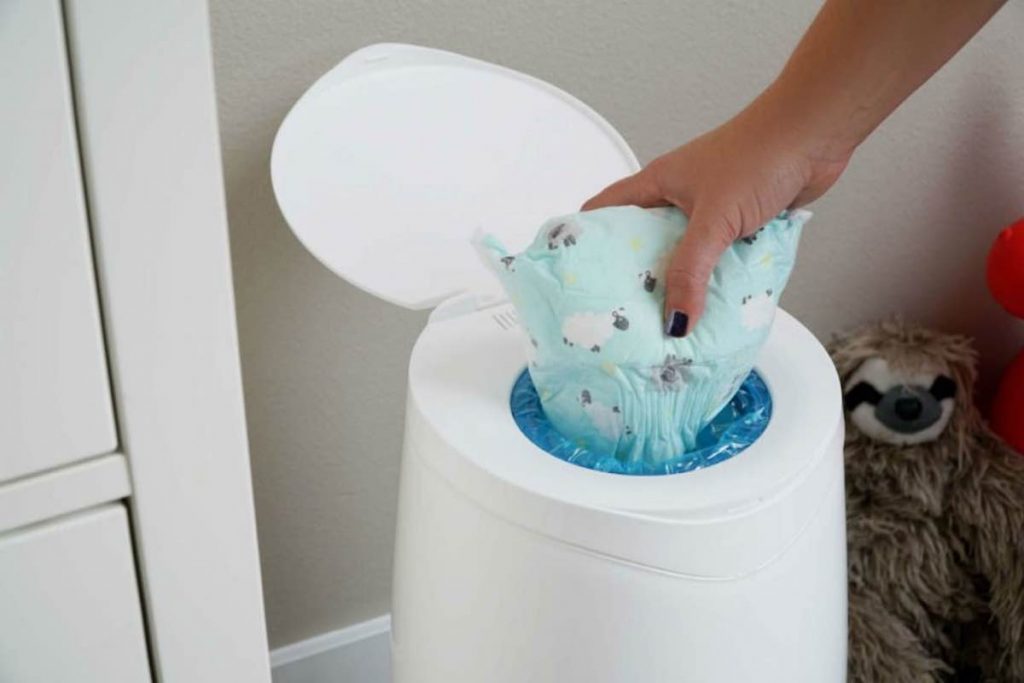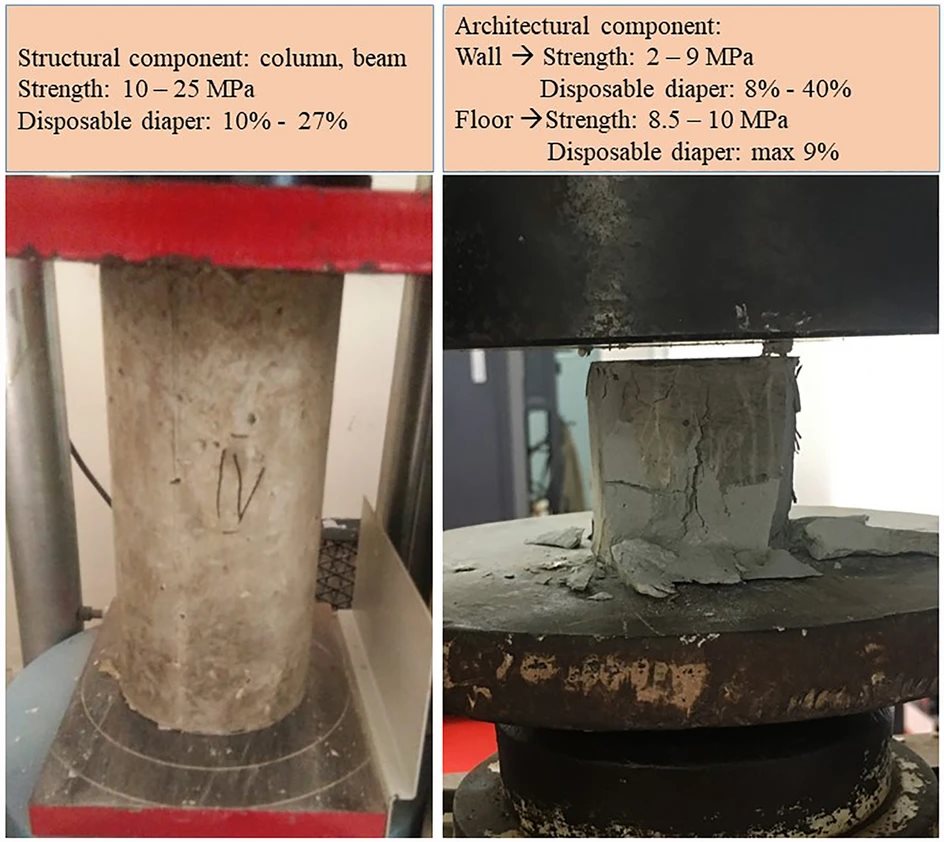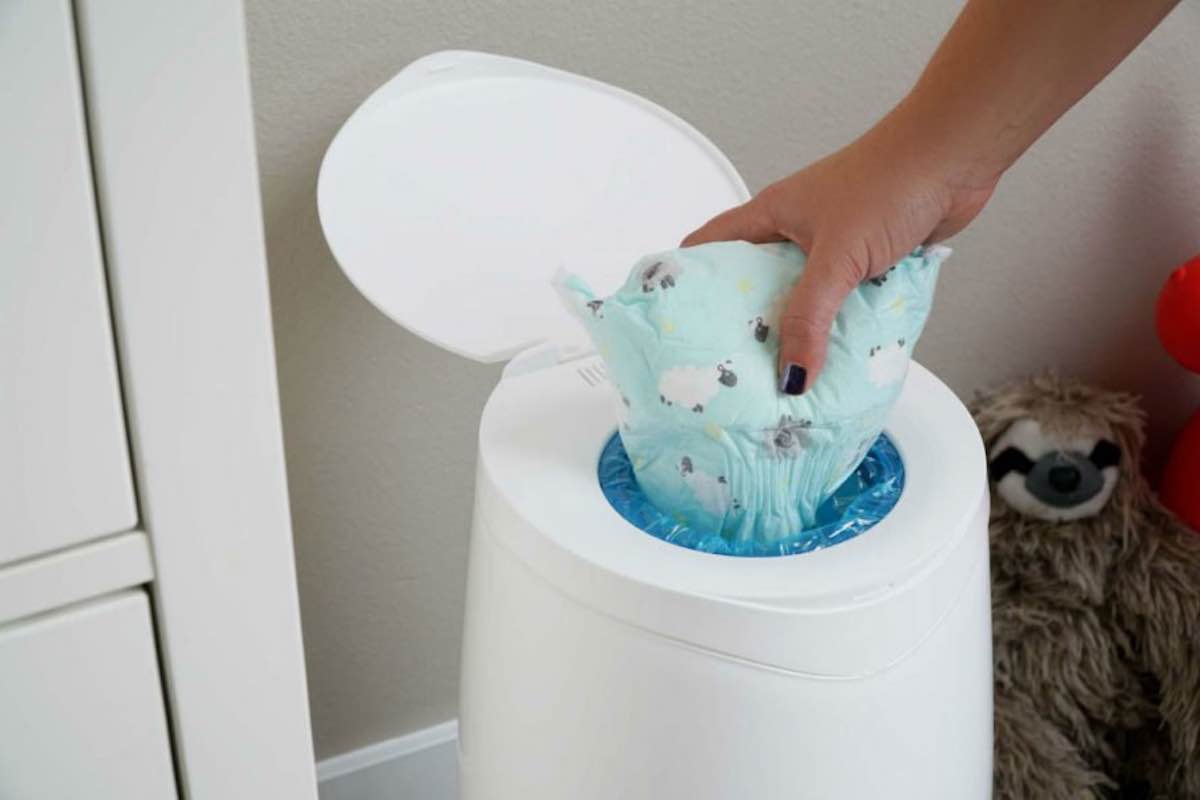
Seeking to find sustainable solutions to low-cost housing in Indonesia, scientists in the world’s third-most-populous nation hypothesized that used diapers could, if one can believe it, replace some of the sand in concrete mixtures.
Disposable diapers are usually manufactured from wood pulp, cotton, viscose rayon, and plastics such as polyester, polyethylene, and polypropylene.
Because of this mix of materials, not to mention their disgusting purpose, the majority are disposed of in landfills or by incineration.
“Currently, the essential step in the recycling process for used diapers is to separate the plastic components from the organic fibers,” write the authors of the paper on diaper construction, published in Nature.
“It necessitates the execution of many complicated procedures, including collecting, crushing, sanitizing, and sorting the components. Due to the difficulty involved in the process, only a few businesses are currently interested in recycling used diapers.”
Siswanti Zuraida from the School of Environmental Engineering at the University of Kitakyuku in Japan, worked with colleagues to prepare concrete and mortar samples by combining washed, dried, and shredded disposable diaper waste with cement, sand, gravel, and water.
OTHER ALTERNATIVE MATERIALS: Build With Compost: Researchers Turn Food Scraps Into Materials Stronger Than Concrete
These samples were then cured for 28 days. The authors tested six samples containing different proportions of diaper waste to measure how much pressure they could withstand without breaking. They then calculated the maximum proportion of sand that could be replaced with disposable diapers in a range of building materials that would be needed to construct a house with a floorplan of 387 square feet (37 sq. meters) that complies with Indonesian building standards.

The authors found that disposable diaper waste could replace up to 10% of the sand needed for concrete used to form columns and beams in a three-story house.
This proportion increased to 27% of the sand needed to make concrete columns and beams in a single-story house, 40% of the sand needed for mortar in partition walls, compared to 9% of the sand in mortar for floors.
MORE SUSTAINABLE SOLUTIONS: Visionary Gardener Turns Piles of Beached Seaweed Into Bricks for Sustainable Construction
The authors point out a few limitations, namely that no cooperation or supply chain exists for the collecting, washing, and shredding of diapers for material purposes. Furthermore, the amount of shredded diaper waste needs to be carefully calculated, since tests showed that differences as high as 2% compromised structural integrity.
However, for reducing landfill burden, using diapers is very low-cost compared to other recyclable materials.
SHARE This Dirty Green Story With Your Friends…




















